Accessibility for
REAL TIME EVENTS
Live Captions
Accessibility in Real Time
Image: A hockey game with live captions.
Overview
Broadcast television is often the first place that people encounter live captioning. Audiences around the world, whether waiting in airports, celebrating together at their local bar or in their own home, benefit from the accessibility of live captions on air. Originally, live captioning was introduced to broadcast television to meet regulations designed to support people who are d/Deaf and hard of hearing. Live captions make live events, news and sports, reality TV, awards shows and the televised Olympics inclusive and accessible (Ai-Media, 2020).
Developing an Understanding
Live captioning is the conversion of speech to text in real time. Live captions are generated by a person who may be in the same room, in another city, another province or even in another part of the world. As the live captioner listens to the audio of the broadcast, they type the words they hear using a steno or chorded keyboard. Some live captioners wear special headsets and microphones to listen to the audio and re-speak those words into a speech recognition software that is specifically trained to their voice (Ai-Media, 2017).
Specialized software known as an encoder adds captions to the broadcast television signal transforming the spoken audio of a broadcast into words on the screen. Unlike video or offline captions, live captions are written in all capital letters as there is no time to shift between uppercase to lowercase letters.
A live captioner must be fast and accurate. Since they cannot transcribe words until they are spoken, live captions usually lag a few seconds behind the audio. And, since the live captions are being created as the program is being broadcast, there is no time to proofread them for mistakes. This means that there can be spelling and grammar mistakes, especially with names and locations that are hard to spell or when the action is moving very quickly. Live captioners are often prepared with a list of names and difficult words prior to the broadcast, although this is not always possible (National Captioning Institute, n.d.).
This video opens in new window was produced by the Canadian Association of Broadcasters to show how live captioning is done in Canada.



